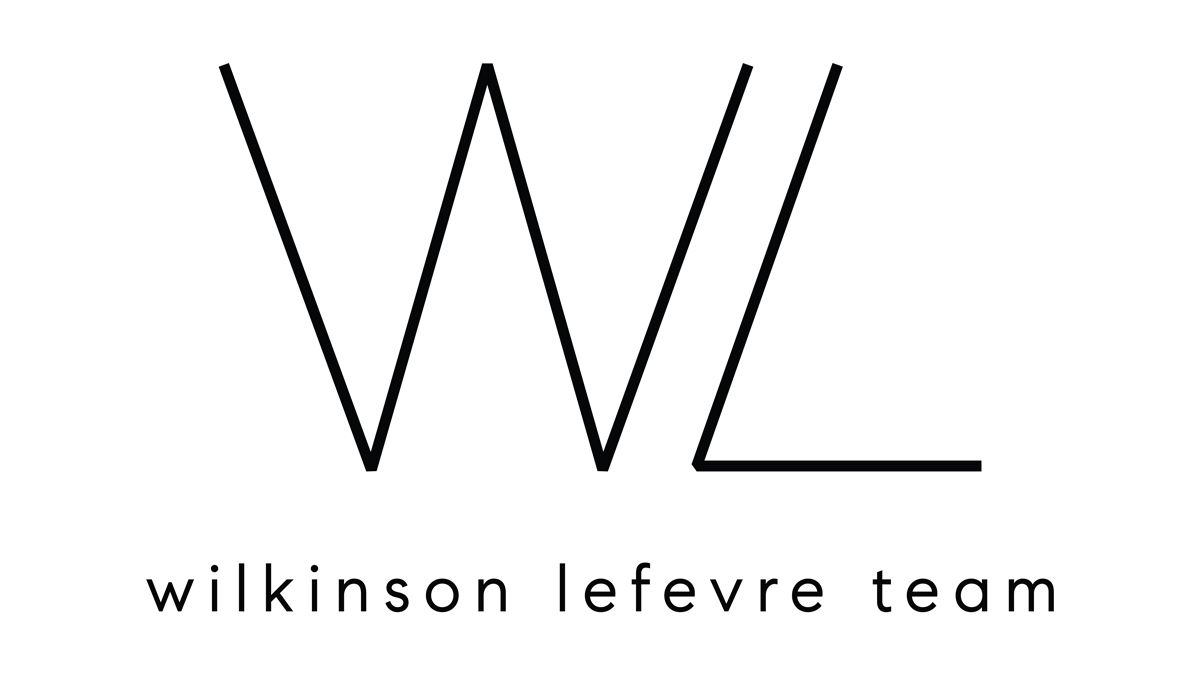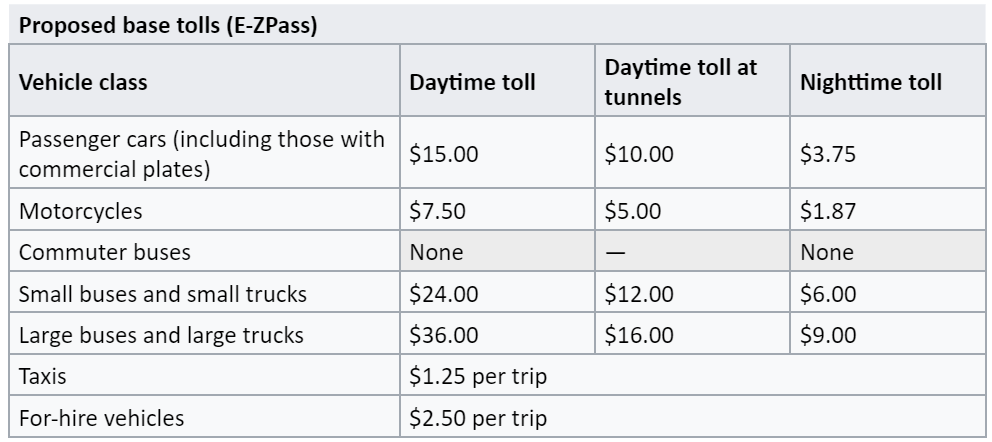New York City, renowned for its bustling streets and iconic skyline, is gearing up for a monumental change in its transportation landscape: congestion pricing. With plans set to roll out as soon as mid-June, the city is taking a bold step towards combating traffic congestion and funding vital transit improvements. Let’s delve into what congestion pricing means for New Yorkers and visitors alike.
Understanding Congestion Pricing
Congestion pricing aims to reduce traffic congestion and air pollution by imposing a fee on vehicles entering designated zones, typically urban centers during peak hours. In New York City’s case, the Central Business District (CBD), encompassing areas below 60th Street in Manhattan, will be subject to these tolls.
https://www.cbsnews.com/newyork/news/congestion-pricing-in-nyc-questions-and-answers/
The Impact on Drivers
Drivers entering the CBD will face varying toll rates, depending on vehicle type and time of day. Passenger vehicles will incur a $15 charge, while trucks could pay up to $36. Motorcycles and certain for-hire vehicles will also face fees, albeit at reduced rates.
https://en.wikipedia.org/wiki/Congestion_pricing_in_New_York_City
The toll rates for drivers without E-ZPass would be 50 percent more than the E-ZPass rates; for example, passenger vehicles without E-ZPass would be charged $22.50.
Exemptions and Mitigating Factors
There will be exemptions for certain scenarios, such as emergency vehicles and specialized government vehicles.
Drivers would only be charged to enter the zone, not to leave it or stay in it. That means that residents who enter the CBD and circle their block to look for parking won’t be charged. Only one toll will be levied per day — so anyone who enters the area, then leaves and returns, will still only be charged the toll one time for that day.
Recognizing the potential financial strain on low-income drivers, the program offers a 50% discount for those earning under $50,000 annually, following the first 10 trips each month.
While not an exemption, there will also be so-called “crossing credits” for drivers using any of the four tunnels to get into Manhattan. That means those who already pay at the Lincoln or Holland Tunnel, for example, will not pay the full congestion fee. The credit amounts to $5 per ride for passenger vehicles, $2.50 for motorcycles, $12 for small trucks and $20 for large trucks. Drivers from Long Island and Queens using the Queens-Midtown Tunnel will get the same break, as will those using the Brooklyn-Battery Tunnel. Those who come over the George Washington Bridge and go south of 60th Street would see no such discount.
Drivers would not pay a toll if they stayed on the FDR Drive or West Side Highway.
Operational Logistics
To enforce congestion pricing, the Metropolitan Transportation Authority (MTA) will employ electronic tolling systems, strategically positioned at entry and exit points to the CBD. License plate scanners will track vehicle movements, ensuring accurate toll collection while minimizing disruptions to traffic flow.
Funding Transit Improvements
Revenue generated from congestion pricing will be earmarked for critical transit infrastructure projects, addressing the city’s aging transit system. With an estimated annual revenue of $1 billion, the program is poised to unlock significant funding for much-needed upgrades and enhancements.
Moving Forward
New York City’s embrace of congestion pricing reflects a proactive approach to addressing urban mobility challenges. While initial implementation may spark adjustments and debates, the long-term benefits are promising. Reduced congestion, improved air quality, and enhanced public transit are among the anticipated outcomes, positioning New York as a leader in sustainable urban transportation.
Conclusion
As the countdown to congestion pricing begins, New Yorkers and visitors alike must prepare for a paradigm shift in urban transportation. Embracing this change not only promises a smoother commute but also paves the way for a more sustainable and efficient cityscape. With careful planning and collaboration, congestion pricing could herald a new era of mobility for the city that never sleeps.



